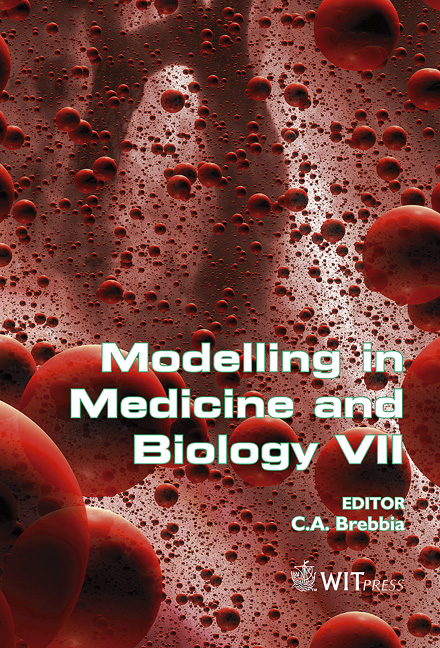Design Of Scaffolds With Computer Assistance
Price
Free (open access)
Transaction
Volume
12
Pages
10
Published
2007
Size
1,439 kb
Paper DOI
10.2495/BIO070161
Copyright
WIT Press
Author(s)
H. A. Almeida, P. J. Bártolo & J. C. Ferreira
Abstract
Advanced rapid prototyping techniques are being used to fabricate scaffolds for tissue engineering with controlled architecture. These techniques combine computer-aided design with bio-manufacturing tools to produce 3D structures in a multitude of materials. These scaffolds must be biocompatible, biodegradable, with appropriate porosity, pore structure and distribution, having both surface and structural compatibility. Structural compatibility of the host tissue corresponds to an optimal adaptation to the scaffold mechanical behaviour, referring to its mechanical properties and deformation capability. This paper proposes a computer tool to predict the mechanical behaviour of scaffolds with different topological architectures and levels of porosity. The influence of the interaction between biofluids and the scaffold is also presented. Keywords: scaffolds, mechanical behaviour, tissue engineering and biofluid mechanics. 1 Introduction The loss or failure of an organ or tissue is a frequent, devastating and costly problem in health care. Currently, this loss or organ failure is treated by either transplanting organs from one individual to another or performing surgical reconstructions by transferring the tissue from one location in the human body to the diseased site. The need for substitutes to replace or repair tissues or organs due to disease, trauma, or congenital problems is overwhelming. In 2003, in the USA alone, 87717 patients were waiting for organ transplantation [1]. This
Keywords
scaffolds, mechanical behaviour, tissue engineering and biofluid mechanics.





